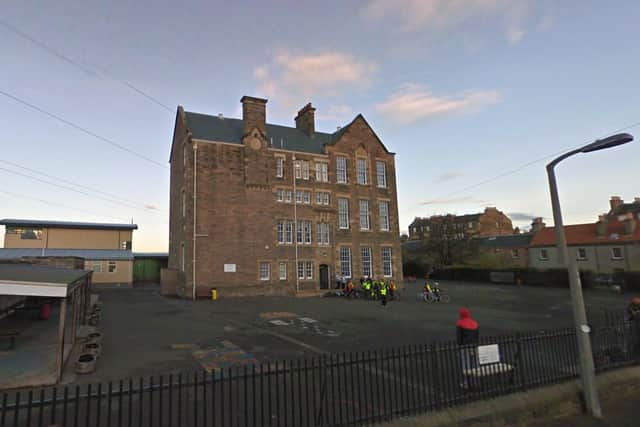Raac Scotland schools: Officer warned Edinburgh council about concrete safety issues six years ago
Edinburgh council was warned about a safety issue around crumbling concrete in city schools six years ago – after a pupil was nearly injured when part of a roof collapsed.
Reinforced autoclaved aerated concrete (Raac) has recently been discovered in seven city schools, which now require urgent repairs likely to cost tens of millions and could see some school buildings demolished.
Advertisement
Hide AdAdvertisement
Hide AdMeasures to investigate the potential risks to public buildings have been taken across Scotland after the issue led to the closure of more than 100 schools in England. But the problem with RAAC has been known about for 20 years – and now it has emerged the city council were told it posed a risk to pupils in 2017.


A senior Edinburgh council officer said he tried to demonstrate how serious the issue was by “walking around with a big piece of concrete that had fallen through a primary school ceiling”.
Peter Watton, the council’s head of property and facilities management, recalled walking around councillors’ offices at the City Chambers for a week carrying “a big piece of concrete that had fallen through a ceiling in a primary school” in a bid to get the attention of “any member that would listen to me”.
Edinburgh City Council confirmed he was referring to a 2017 incident at Portobello’s Towerbank Primary School where a girl was almost struck by a falling piece of concrete in a toilet.
Mr Watton said investigations into all public assets to determine the full scale of the crisis in Edinburgh were ongoing, adding he had “no doubt” it would take up to ten years to sort out. And in some cases where the potentially dangerous material is found, it could be cheaper to replace entire buildings than carry out remedial works, a council meeting heard.
Racc is known to be present in seven Edinburgh schools to date. None have had to close completely as a result. However, two have moved some pupils into portakabin classrooms amid safety fears.
The light, bubbly material was commonly used to construct ceilings, walls and floors up to the 1990s. Experts say it is now at risk of suddenly collapsing when exposed to moisture.
Speaking at the finance and resources committee on Thursday, Mr Watton said he hoped to have all building investigations completed by the end of next month.
Advertisement
Hide AdAdvertisement
Hide AdHe said: “Once we assess what the challenge is and what is needed, we will need to bring detailed papers to members around what remediation is needed, what it’s going to cost, what the implications or what the options are.
“Remediation is not straightforward. You can’t just lift a roof, replace the ceiling then put it back on again.
“And it could well be that in some buildings when we do best-value assessment, you might conclude it would be better to replace it that repair it. We’ll be dealing with this for the next five to ten years, there’s no doubt about that.”
He said pupils moved into temporary units at Cramond and Trinity primary schools would be learning there for “at least two years”.
The scale of the funding will be needed to address the crisis is not yet known. However, Mr Watton pointed out West Lothian Council’s bill totalled £77 million, and suggested this meant Edinburgh’s was likely to be even higher.
Comments
Want to join the conversation? Please or to comment on this article.